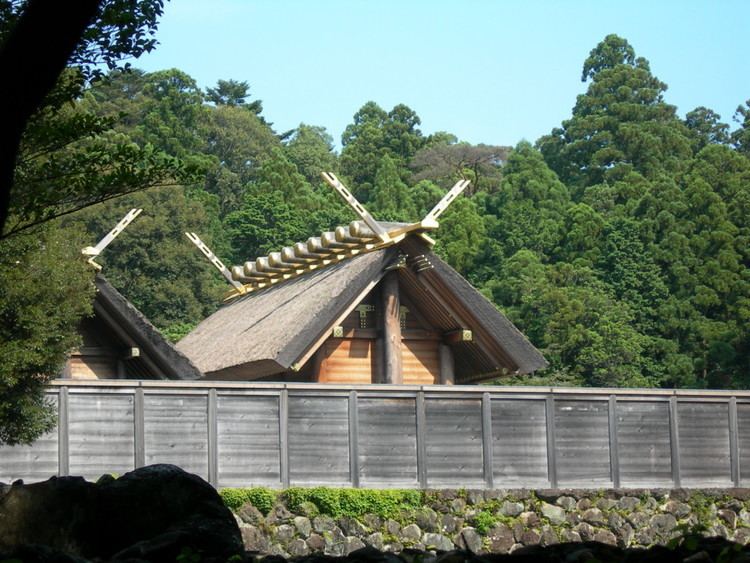686–686 Shuchō 704–708 Keiun | 701–704 Taihō 708–715 Wadō | |
 | ||
The Tenji period is a brief span of years during the Asuka period of Japanese history. The Tenji period describes a span of years which were considered to have begun in the 1322nd year of the Yamato dynasty.
Contents
The timespan is the same as the reign of Emperor Tenji, which is traditionally considered to have been from 662 through 672.
Periodization
The adoption of the Sexagenary cycle calendar (Jikkan Jūnishi) in Japan is attributed to Empress Suiko in 604; and this Chinese calendar continued in use throughout the Tenji period.
In 645, the system of Japanese era names (年号,, nengō,, lit. "year name") was introduced. However, after the reign of Emperor Kotoku, this method of segmenting was temporarily abandoned or allowed to lapse. This interval continued during the Tenji period.
Neither the years of Emperor Tenji's reign nor the Tenji period are included in the list nengō for this explicit duration of time, which comes after Hakuchi and before Suchō.
In the post-Taika or pre-Taihō chronology, the first year of Emperor Tenji's reign (天智天皇元年 or 天智天皇1年) is also construed as the first year of the Tenji period (天智1年).
Non-nengō period
Non-nengō periods in the pre-Taihō calendar were published in 1880 by William Bramsen. These were refined in 1952 by Paul Tuschihashi in Japanese Chronological Tables from 601 to 1872.
The pre-Tahiō calendar included two non-nengō gaps or intervals in the chronological series:
Nengō were not promulgated (or were allowed to lapse) during the gap years between Hakuchi and Shuchō, and in another gap between Shuchō and Taihō.
